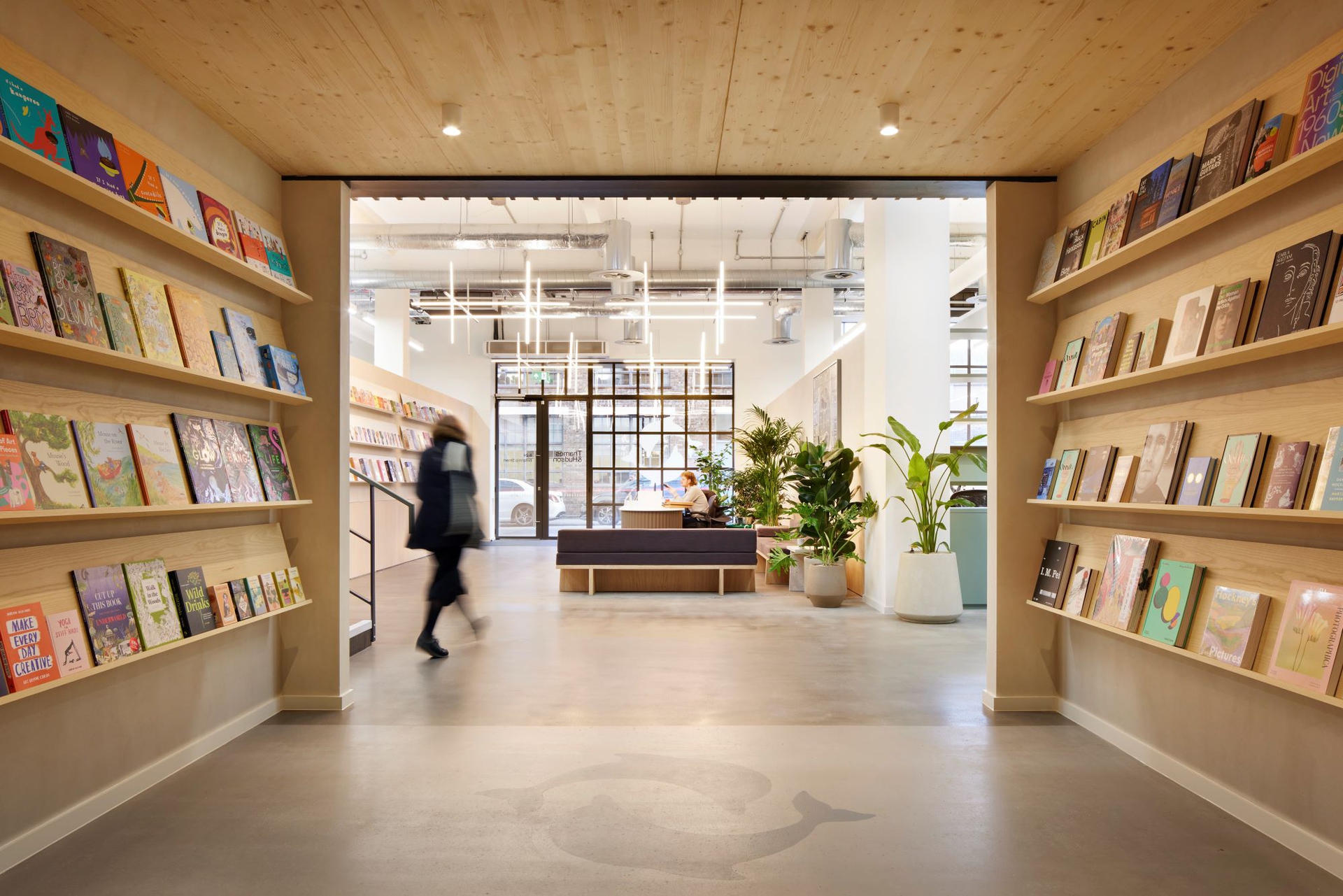
Re-Densification: The Smart Approach to Maximizing Office Space
Thoroughly imbedded in an era of evolving workplace strategies, the office environment is undergoing a significant shift, as businesses re-evaluate their real estate in response to changing needs and priorities. Looking ahead, a key focus for workspace design is emerging: re-densification. So much so, we tipped this as top workspace trend for 2025. This isn't about simply packing more people in; it's a smarter, more strategic approach to optimizing existing space for enhanced efficiency, collaboration, and functionality - all while prioritizing employee well-being and the human experience.
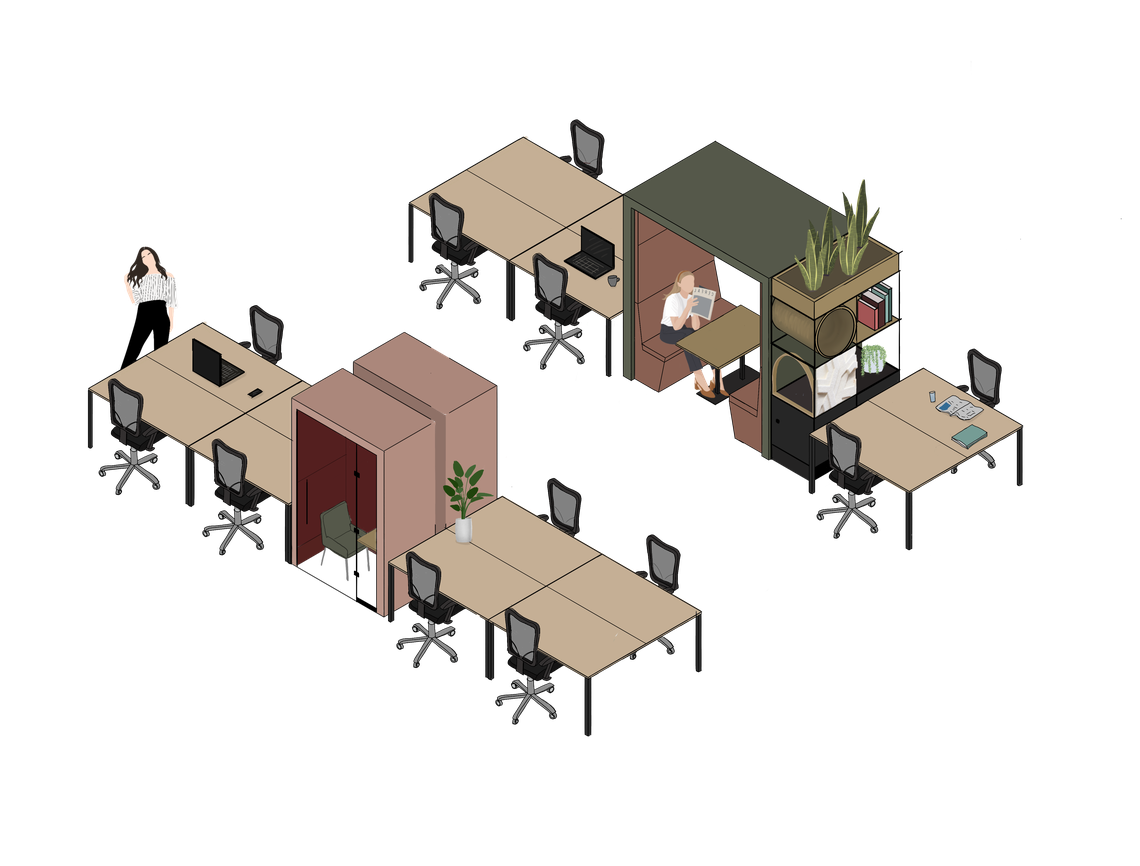
Instead of reverting to potentially overcrowded and uncomfortable environments, re-densification in 2025 and beyond emphasizes purposeful density. This involves intentionally designing adaptable layouts and incorporating thoughtful solutions to create workspaces that actively support both productivity and employee satisfaction.
These trends aren't just theoretical concepts; they represent a tangible evolution in how we think about and utilize the office. Re-densification offers a pathway to creating dynamic and engaging workspaces that are both efficient and supportive, shaping the thriving offices of the future.
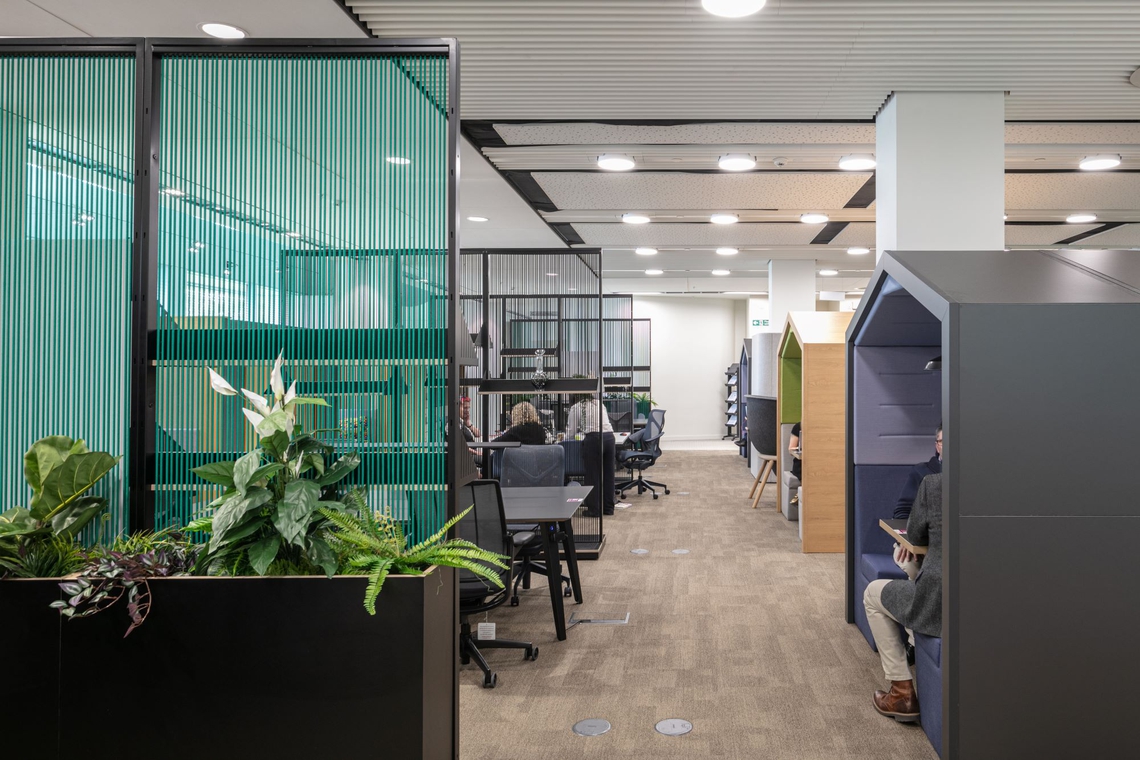
Purpose-Built Design
The backbone of intentional design is purpose. Pulling on insights from the life sciences sector, highlighted in a recent McKinsey article, one key takeaway from their experience is the critical need to align workplace design to your organizational purpose, mission, and strategy. This ranges from a clear understanding of what the business is striving to achieve through to core values. Workspaces should always be a physical manifestation of these principles.
For example, McKinsey highlights how GlaxoSmithKline (GSK), with its purpose to "help people do more, feel better, live longer," consolidated its R&D operations and introduced reconfigurable "smart lab" equipment. This wasn't just about saving space; it was a strategic move to foster greater collaboration and accelerate the development of new therapies, directly tying their workspace strategy to their overarching mission.
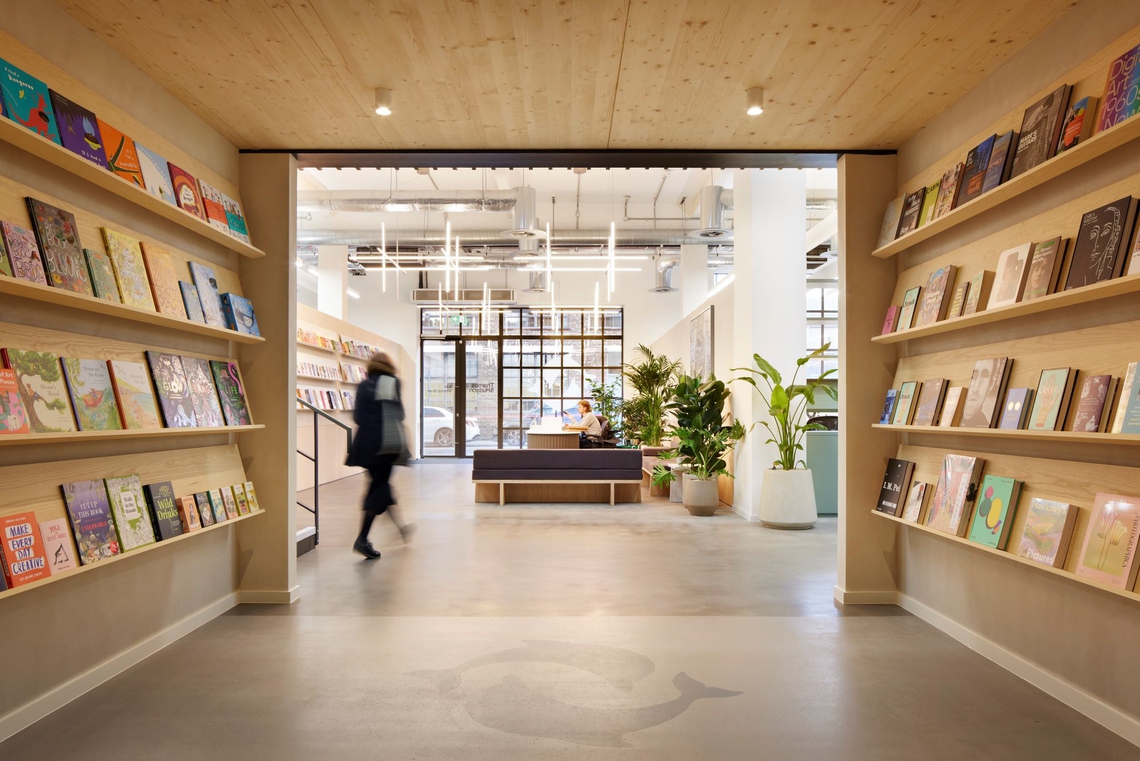
This same principle was front of mind for international publisher, Thames & Hudson, as Spacestor supported the transformation of their London offices to reflect the needs of contemporary publishers as well as acknowledge their vision of creating a ‘museum without walls’.
This principle applies to every industry, highlighting the need to give thoughtful consideration to brand purpose to help facilitate workspace design. How can your physical space actively support your goals? How does this reflect our business heritage and vision? By incorporating this into the early stages of design, the impact is a seamless design and consistent experience throughout.
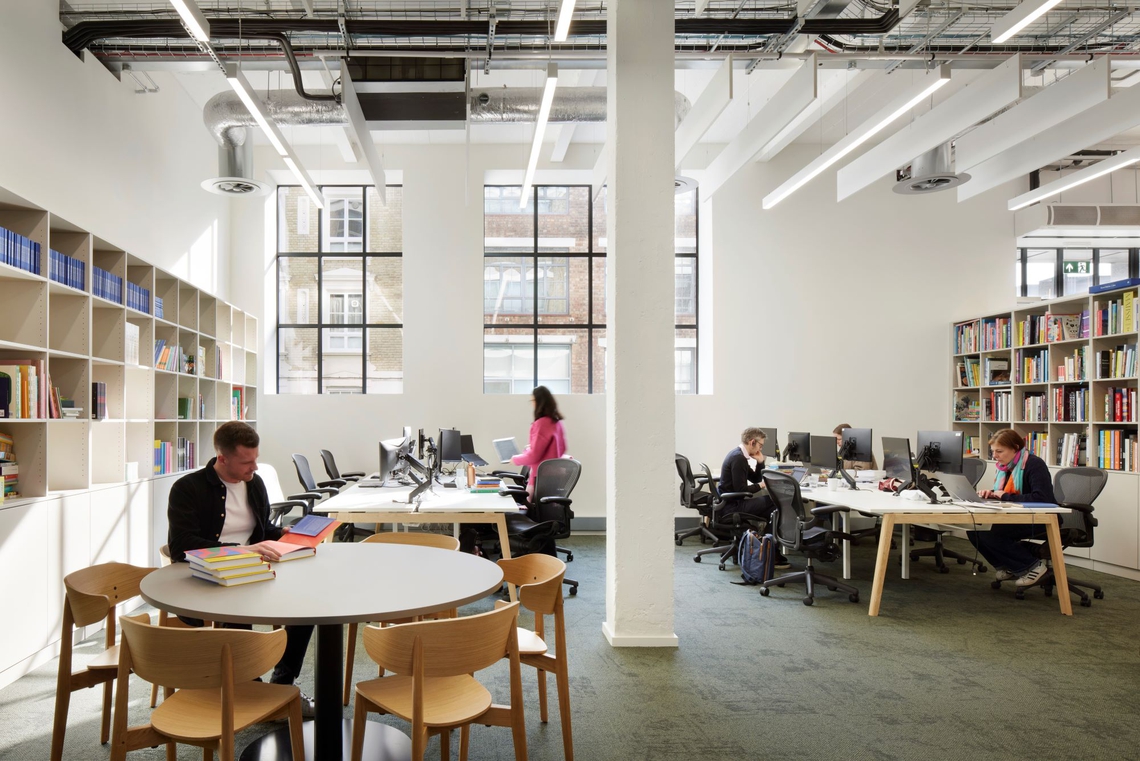
Human-Centricity Over Density
So, how can businesses successfully implement meaningful re-densification and make it work? It all begins with a thoughtful, human-centric approach. In a nutshell, successful re-densification prioritizes intelligent design above all else.
Think of it as crafting a dynamic ecosystem within your workspace. By strategically designing open-plan zones for collaborative energy, incorporating agile breakout spaces for focused discussions, and implementing modular workstations that adapt to individual and team needs, businesses can create a truly flexible environment that supports a multitude of work modes for an increasingly diverse workforce.
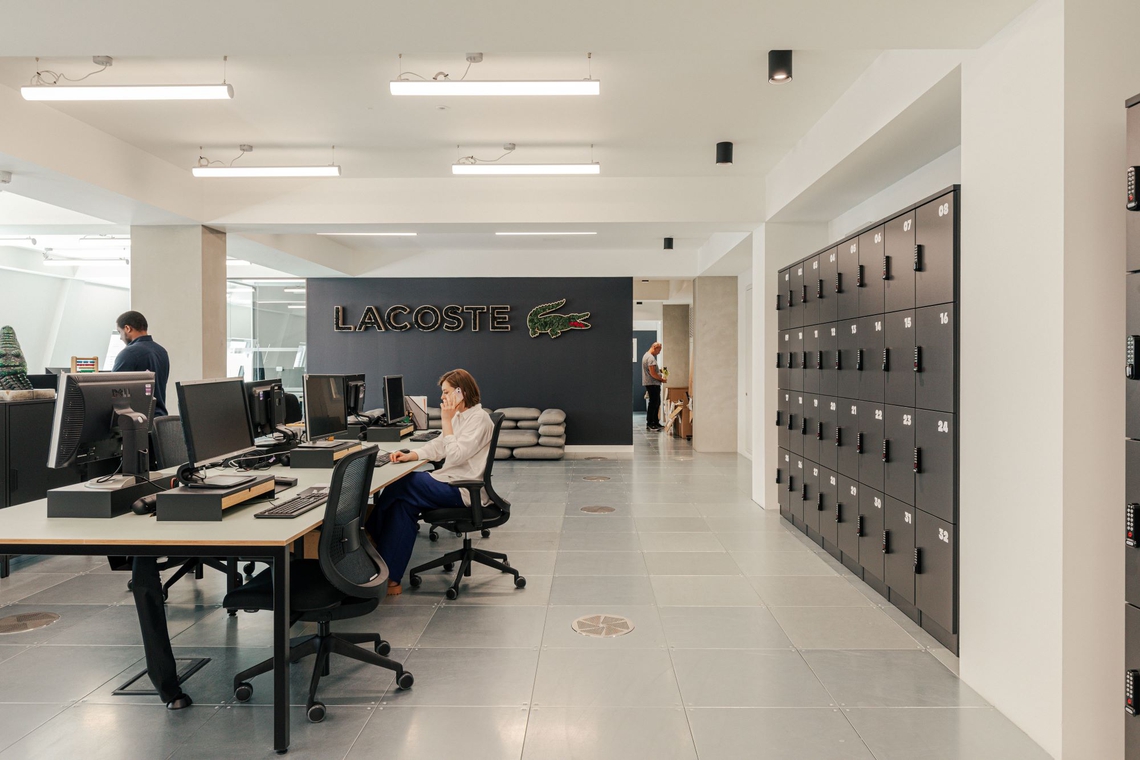
Smart zoning is the most effective way to achieve this. Imagine designated collaboration hubs buzzing with team activity, seamlessly transitioning into quiet focus areas where deep work can flourish uninterrupted. This thoughtful segregation ensures that increased density actually enhances productivity rather than hindering it. It's about creating a balanced and purposeful flow throughout the office. This is an approach that can be seen in our recent project with Lacoste where we transformed their London office into a multi-functional space to suit individual needs but enhance co-creation between employees.
This move towards smart, human-centric design must of course, include advanced technology which plays a vital role in making re-densification successful. Sensor-driven space management tools, occupancy analytics, and AI-powered workplace platforms help companies understand usage patterns and optimize layouts accordingly. WorkDesign Magazine notes that integrating smart technologies enables organizations to create data-driven workplace strategies that maximize efficiency without compromising employee experience.
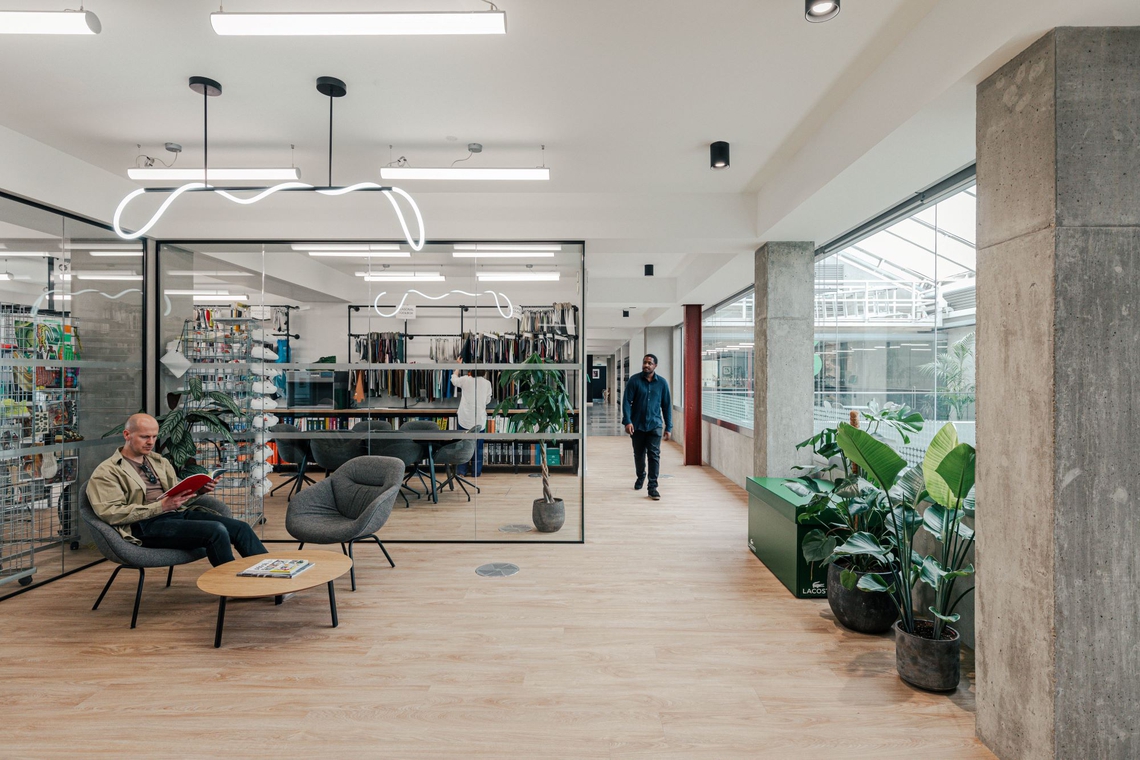
The Agile Backbone of Re-densified Workspaces
Gone are the days of static, fixed layouts. Today's dynamic workplaces demand furniture that can effortlessly morph and adapt to evolving team needs and in this case, a re-densified workforce.
Think of modular seating arrangements that can be quickly reconfigured for team huddles or individual focus such as the Bleachers. Consider height-adjustable desks that empower employees with the choice to sit or stand, promoting well-being and flexibility. And imagine mobile partitions that can define temporary meeting spaces or create zones for focused work as required.
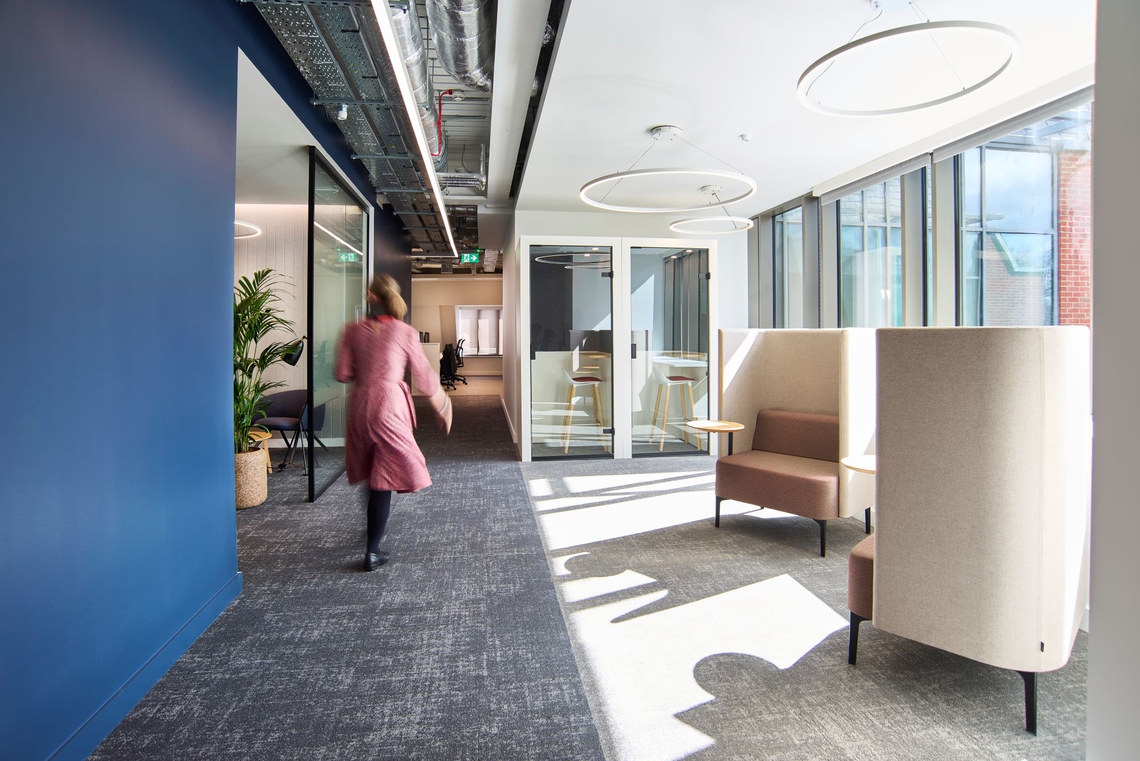
At Spacestor, our latest workplace insights consistently emphasize the pivotal role of agile workspace design and multi-use furniture. Furniture should seamlessly transition between supporting individual concentration and fostering group collaboration, creating an environment where people feel both connected and comfortable. This gives employees design choice over their day-to-day, enhancing wellbeing and innovation.
This perspective is echoed by industry leaders and real-world applications. The aforementioned McKinsey article on reinventing the workplace highlights how life sciences companies, known for their innovative and collaborative nature, have long experimented with adaptable furniture and activity-based design. Their experience demonstrates the power of providing employees with a variety of settings to suit different tasks, ultimately optimizing real estate while enhancing the employee experience.
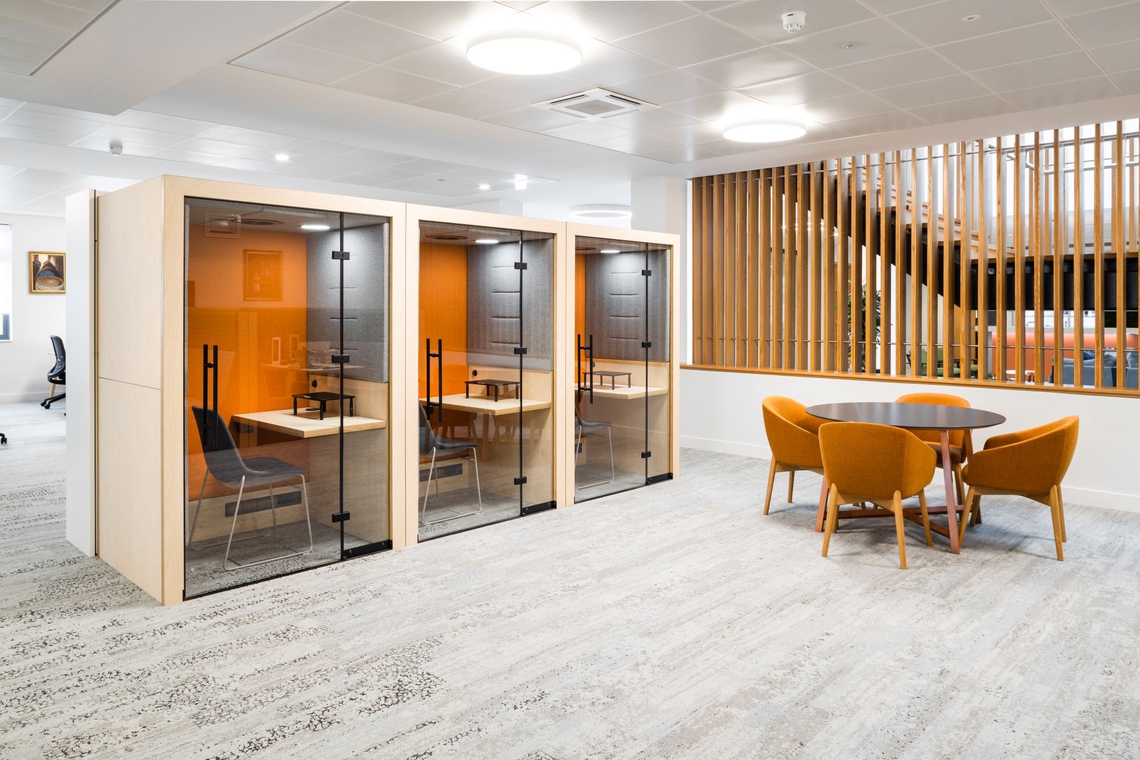
Beyond operational benefits, re-densification aligns with broader sustainability goals. A more efficient use of space reduces the need for additional real estate, cutting energy consumption and lowering carbon footprints. McKinsey points out that organizations embracing sustainable workplace strategies are not only achieving cost savings but also enhancing their corporate social responsibility (CSR) credentials (McKinsey & Company).
Re-densification in 2025 is about reimagining how space is used rather than simply increasing headcount per square foot. By integrating thoughtful layouts, adaptable furniture, and smart technology, companies can create high-performance workplaces that drive collaboration, efficiency, and well-being. The goal is a workplace that feels vibrant and connected - where density becomes a strategic advantage rather than a constraint.
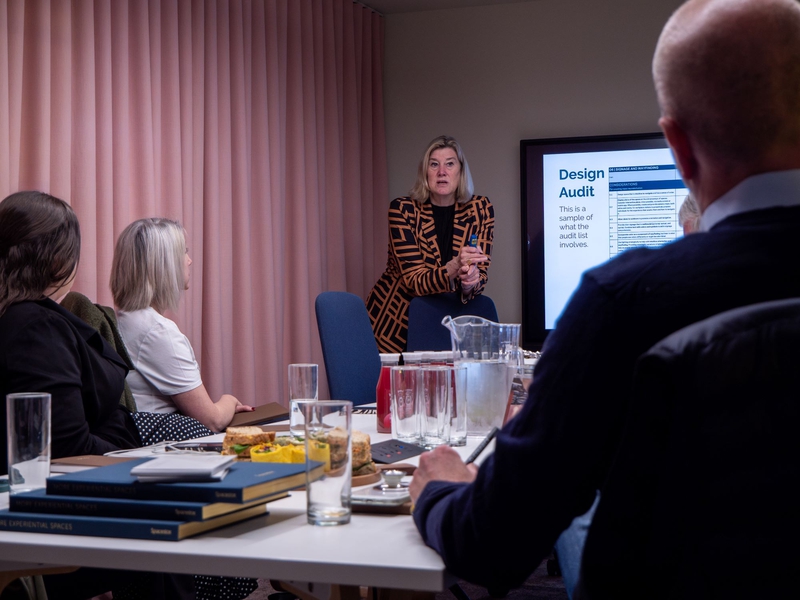
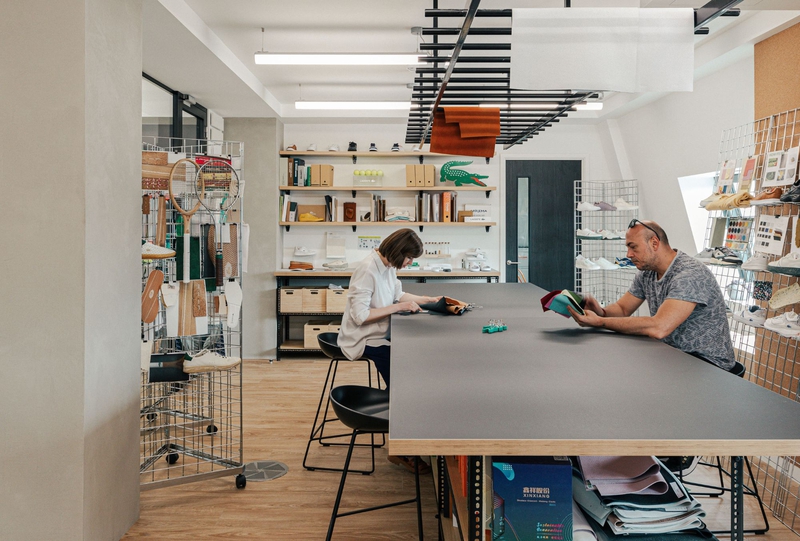
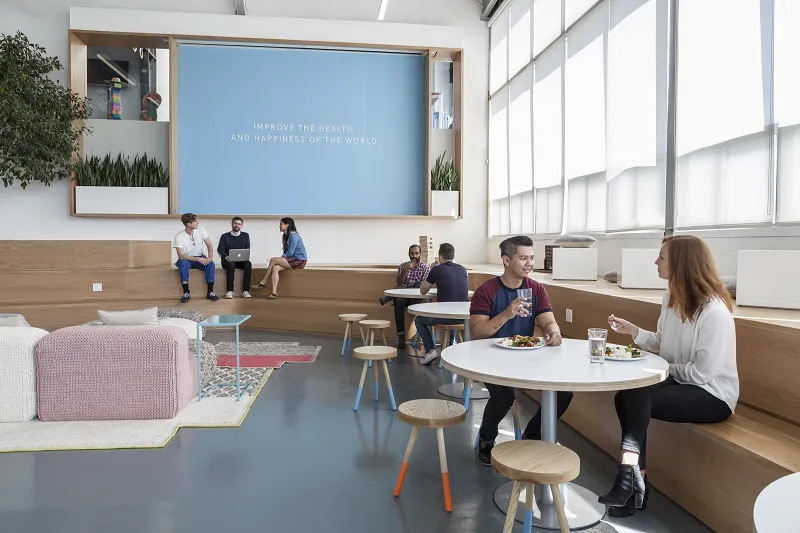



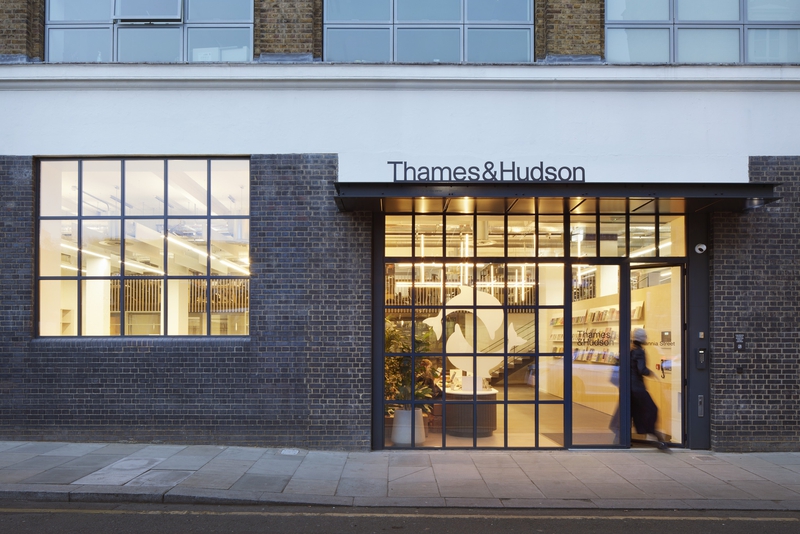
Thames & Hudson’s new office space is a visual narrative, framing both old and new masterpieces.
L'ÉDITION
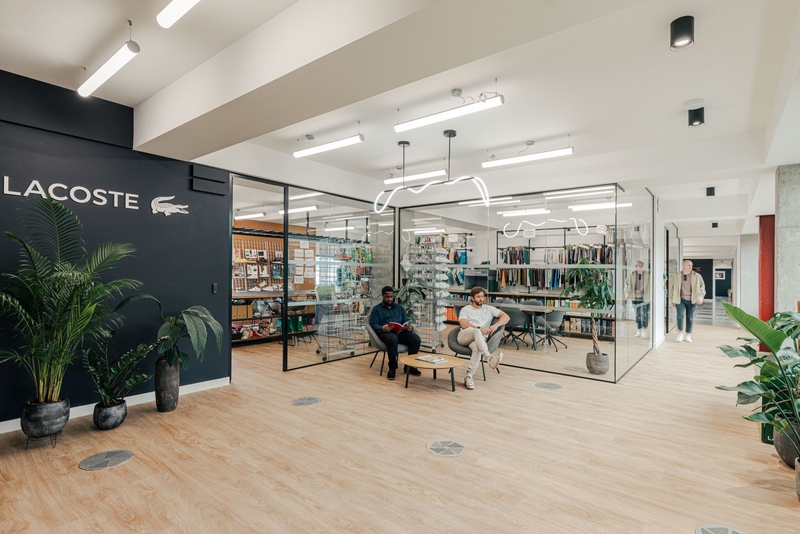
Lacoste, the iconic luxe-leisure and sporting brand, embraced a fresh start by relocating to a thoughtfully redesigned …
SPORTS, MÉDIAS ET DIVERTISSEMENT